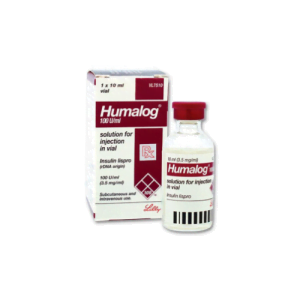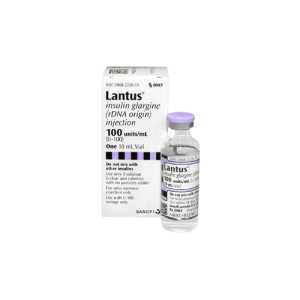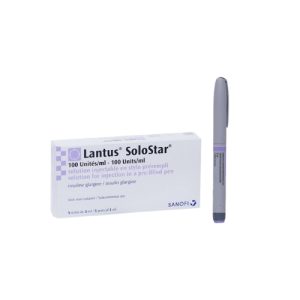What is Acupuncture?
Acupuncture and Diabetes. Acupuncture is a traditional Chinese medicine technique that has been practiced for thousands of years. This approach involves the insertion of thin needles into specific points on the body to stimulate these points to balance the flow of energy (life force), called “Qi” (chee), within the body.
According to traditional Chinese medicine, disruptions or imbalances in the flow of Qi can lead to various health problems. Qi flows through pathways in the body called meridians. This practice helps restore the proper flow of Qi by inserting needles into the appropriate body points.
Before inserting the needles, the practitioner assesses the patient’s health concerns to determine which acupuncture point to target. The needles are thin and left in place for a short period, with treatment sessions lasting 10 to 30 minutes.
Although acupuncture is generally considered safe when performed by a licensed practitioner, its effectiveness in some conditions remains a topic of ongoing research within the medical community.
What are the benefits of acupuncture in people with diabetes?
The efficiency of acupuncture in treating diabetes is not clear-cut. While this technique has demonstrated efficacy in treating chronic pain, migraine, and headaches, we need further research to determine its effect on blood sugar levels.
However, here are some potential benefits of acupuncture in diabetes patients based on preliminary research:
- Pain relief – Acupuncture may ease nerve pain in the upper and lower extremities of diabetes patients.
- Blood sugar regulation – Studies suggest that acupuncture can improve blood sugar levels, insulin resistance, and stimulate insulin production in the pancreas.
- Neurological function improvement – Acupuncture may positively impact neurological function and reduce complications associated with diabetic neuropathy.
- Stress reduction – Acupuncture can reduce and manage stress, a precursor of diabetes.
Acupuncture techniques used to treat diabetes
Practitioners use several acupuncture techniques depending on the individual’s condition. Here are the two standard methods applied in diabetes management:
Wrist-ankle acupuncture
Practitioners use several acupuncture techniques based on the individual’s condition. Two standard methods used in diabetes management include:
- Wrist-ankle acupuncture – a specialized technique that involves needling specific points on the wrist and ankle. Research shows that the wrist-ankle treatment may help alleviate diabetic peripheral neuropathy, a condition characterized by nerve damage.
- Electroacupuncture – This process is like traditional acupuncture but involves attaching small electrodes to the needles. A mild electric current passes through the needles to stimulate the acupuncture points. This technique may be effective in treating pain from diabetic neuropathy.
Other health benefits of acupuncture
Apart from its application in the management of diabetes, acupuncture has shown promise in treating and managing a variety of health conditions. Some potential benefits include:
- Improving mental health – Supports mental health conditions such as depression and insomnia by balancing the body’s energy and promoting well-being.
- Reducing nausea and vomiting – Acupuncture reduces nausea and vomiting associated with chemotherapy, pregnancy, and post-surgery recovery.
- Relieving allergies – Acupuncture reduces inflammation responses by regulating the immune system, relieving allergy symptoms.
- Resolving digestive issues – Addresses digestive problems such as irritable bowel syndrome, acid reflux, and constipation.
- Managing headaches and migraines – Acupuncture reduces the frequency and intensity of headaches and migraines.
- Improving circulation – Acupuncture helps enhance blood flow, positively affecting various circulatory conditions.














